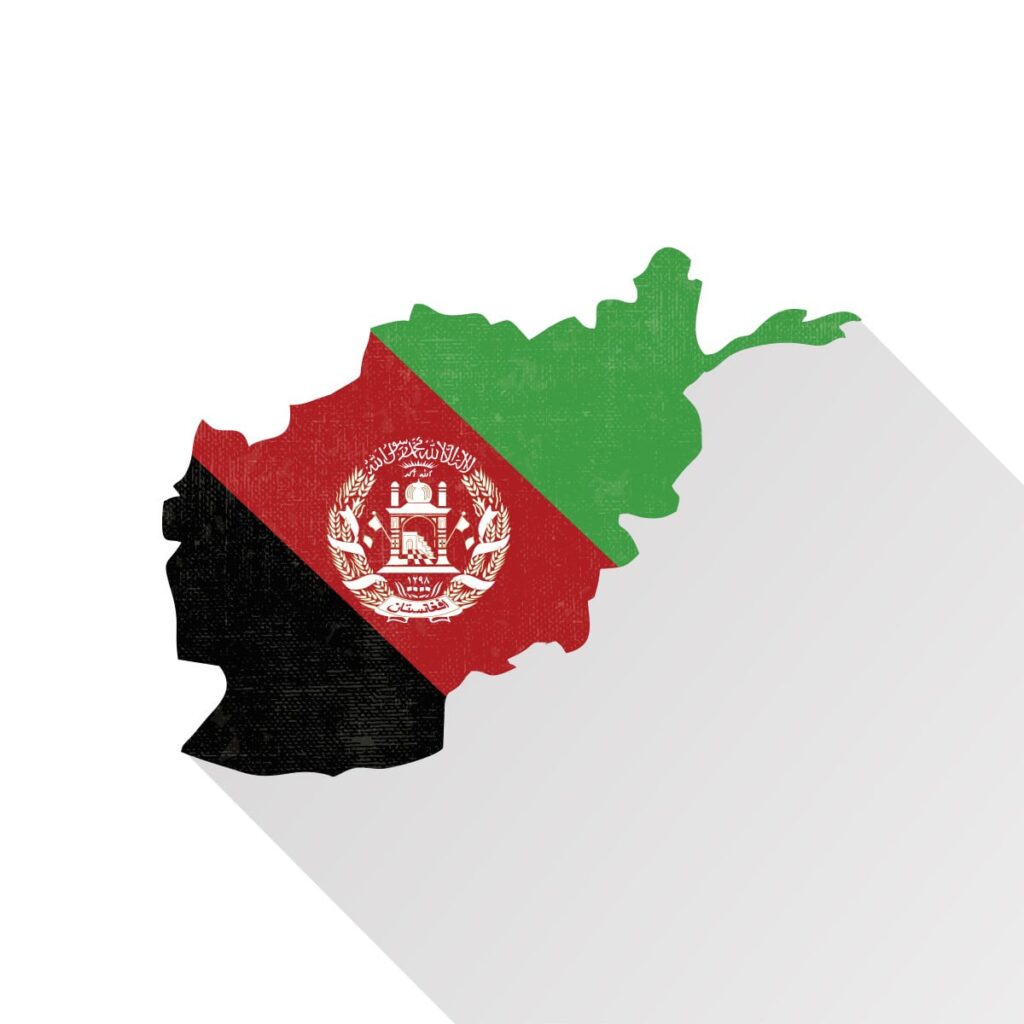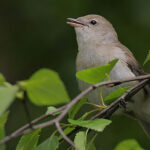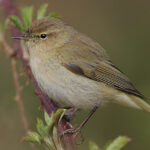1. Alphabetism: Approximately 12% of all women and 43% of all men are literate in Afghanistan (the national average is approximately 28%). The number of teachers has increased from around 20,000 in 2010 to just over 142,500 today (2014)
2. New Year: Afghans celebrate New Year on March 21, which is called ‘Nawroz’ and marks the first day of spring. Thousands travel annually to Afghanistan’s fourth largest city, Mazar-e-Sharif, where the day is especially celebrated
3. National sport: Afghans want their national sport Buzkashi (also known as Kok-boru or Oglak Tartis) to become an Olympic sport. Buzkashi, also considered the world’s wildest sport, is a team sport that involves throwing a headless goat over a target line. All players ride on horseback. The sport has been practiced for centuries and is now sponsored by major companies such as telephone and airline companies
4. Poetry: Poetry is a favorite part of Afghan culture and Afghans have been telling stories in verse for over 1000 years. In the country’s third largest city, Herat, every Tuesday night is ‘poetry night’ where men, women and children gather to share old and new verses, listen to traditional music and enjoy sweet tea and cakes late into the night
5. Alexander the Great: Alexander the Great (356 – 323 BC) rebuilt the Afghan city of Herat in 330 BC. Although he married 3 times, he only had children with one of his wives: Roxana. She came from Bactria, an area located between Amu Darya and the Hindu Kush mountains in the north of present-day Afghanistan
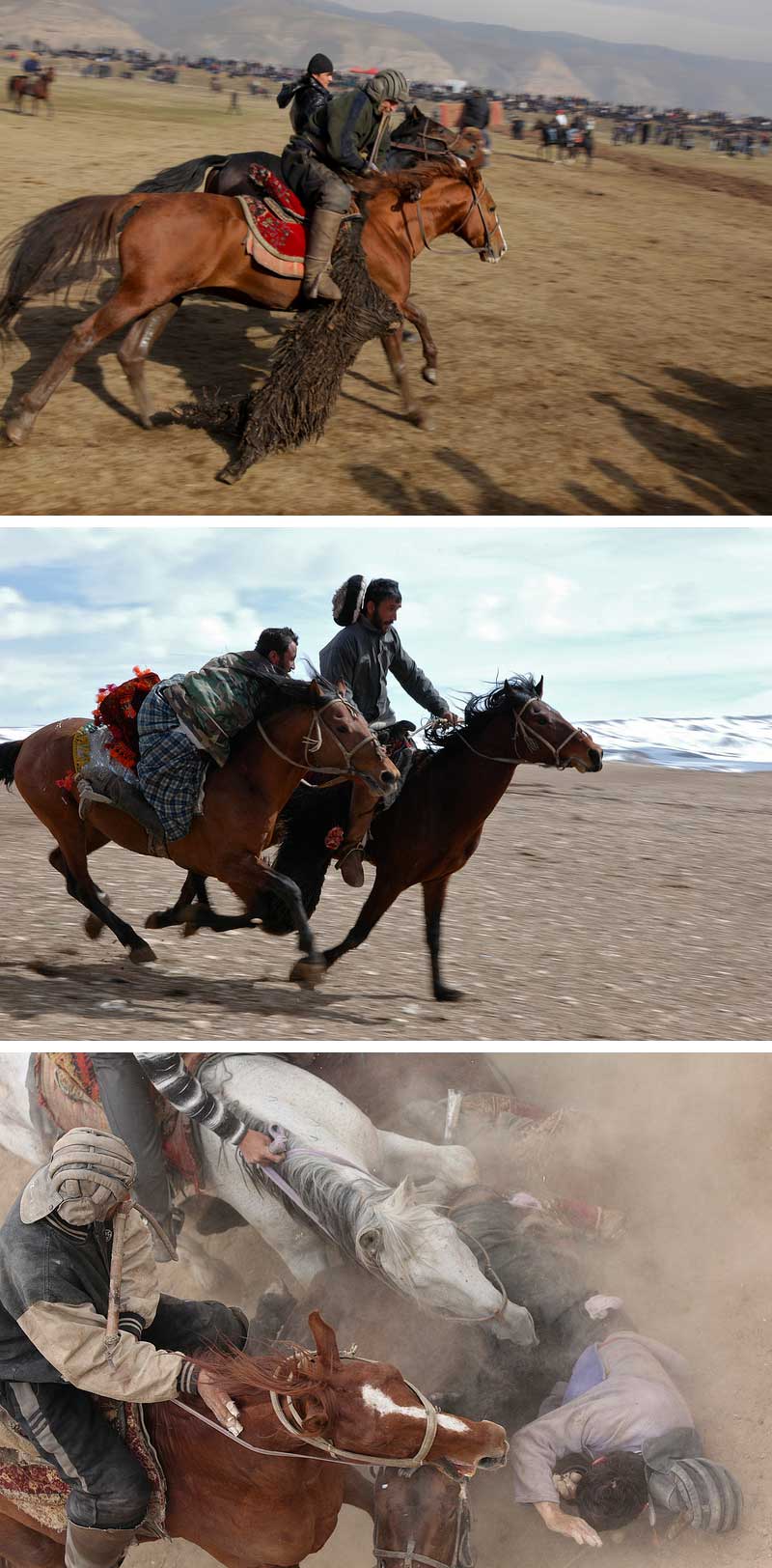
Fact: Afghanistan’s national sport ‘buzkashi’ is all about getting a headless goat across a finish line and is often referred to as one of the world’s wildest sports
6. The Anglo-Afghan wars: Britain lost their first war with Afghanistan in 1842, but immediately afterwards established diplomatic relations with the country. The second war between the two was fought in 1878-1880 and resulted in increased British influence in the country. In the final war in 1919, Afghanistan gained its independence with the Anglo-Afghan Treaty (also known as the Treaty of Rawalpindi). However, it should be noted that Afghanistan was never part of British India (and thus the British Kingdom), although the British were influential rulers in the period 1980 – 1919
7. Leaders: Since gaining independence in 1919, Afghanistan has had several leaders removed: 1 abdicated, 2 died in assassinations, 2 were removed, 3 were deposed and 4 were executed
8. Later wars: Since the late 1970s, Afghanistan has been involved in a number of wars – including the war against the invading Soviet forces in 1979 and the current war in Afghanistan that started in 2001
9. Osama Bin Laden: The famous Al-Qaeda leader Osama Bin Laden spent a number of years in Afghanistan – supporting Afghanistan’s war against the Soviet Union in the 1980s, but also collaborating with the Islamic movement Taliban from 1996 onwards. However, he ended his days on May 2, 2011, when US special forces killed him in Pakistan on the orders of US President Barack Obama
10. National Day: Afghanistan’s National Day is celebrated every year on August 19, commemorating the day on August 19, 1919, when King Amanullah Khan declared independence
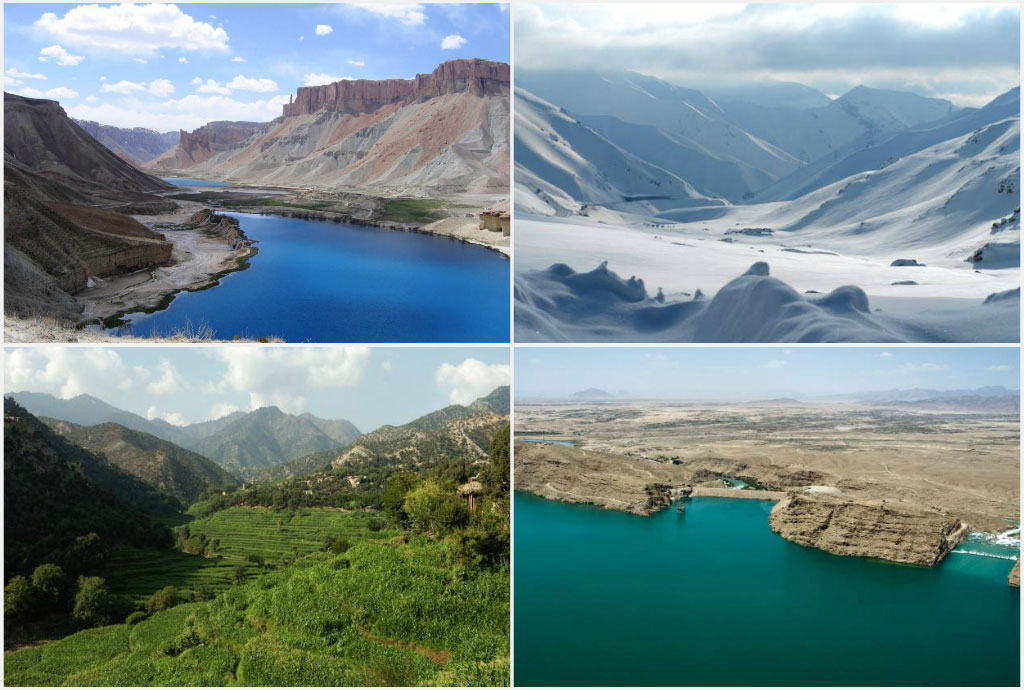
Fact: Afghanistan offers many different landscapes. Here you can see (from top left to right): 1. Band-e Amir National Park, 2. Salang Pass in Parwan Province, 3. Korangal Valley in Kunar Province and 4. Kayak Dam in Helmand Province

